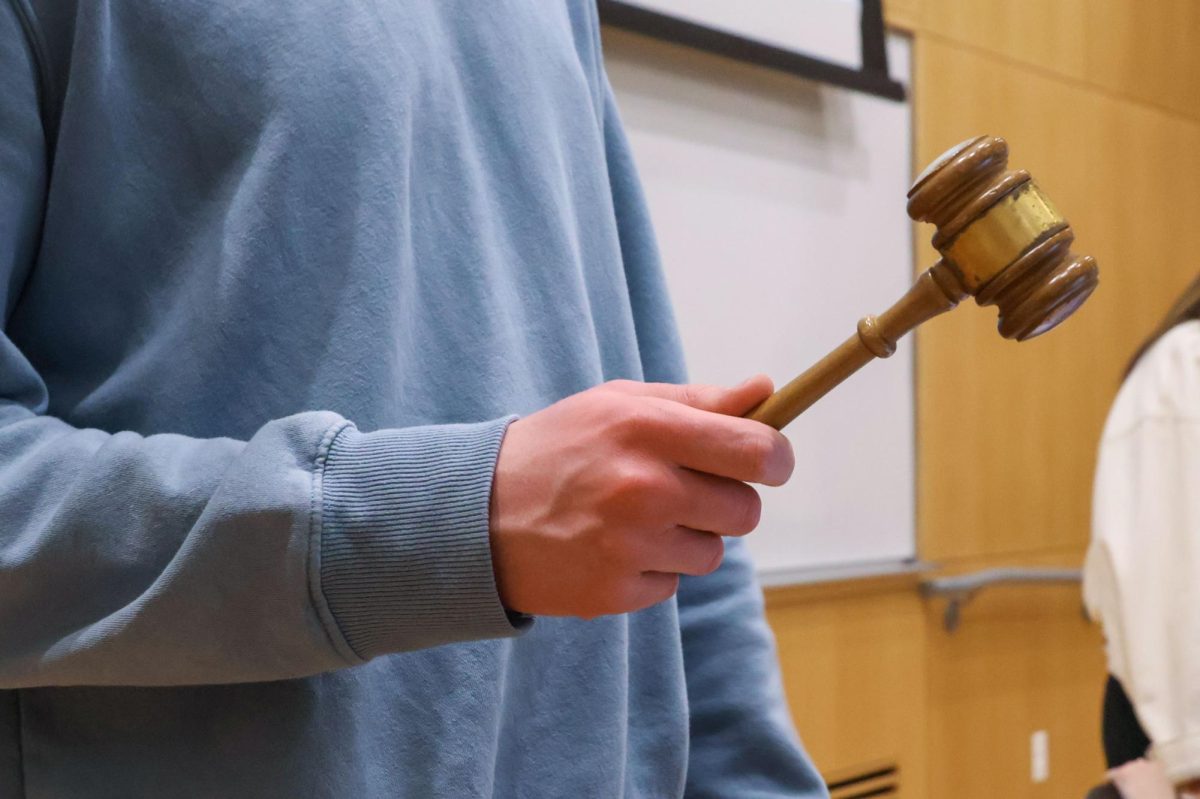Egypt native Mona Diab said since she was hired as a computer science associate professor last year, nearly all of the Arab students in her department have flocked to her office looking for advice.
Diab said that though mentoring is a key role for faculty, it can be hard to balance with research and a full class load. To support faculty who take on mentoring responsibilities, she thinks administrators should lower their expectations for other kinds of work.

“We should not be expected to serve on five committees, teach three classes, bring in millions of dollars and mentor seven students. It would be too much,” Diab said.
Professors from diverse backgrounds often feel more pressure than their peers to serve as mentors for students, the University’s chief of diversity efforts, Terri Harris Reed, said late last month.
She said it can be tough for those faculty – especially new additions to the University – to balance on top of their class load, research efforts and committee work, and that GW should note their extra efforts when assigning them to committees or helping them set goals for tenure.
“You have to be very conscious of the fact that often – particularly if you’re talking about faculty with some sort of visible diversity, or minorities – they end up disproportionately serving as mentors and role models to students,” Reed said.
The Office of Diversity and Inclusion is reviewing a survey to gauge how faculty members experience GW based on their gender, Reed said, adding that chairs of committees have been receptive to helping junior-level faculty balance their commitments.
About 40 percent of GW faculty are female, 9 percent are black or Hispanic and 15 percent are Asian. Those figures, while in line with national numbers, are increasing under Reed, who was hired in 2011 to ensure the University is attracting diverse faculty.
That pressure is piling on even as GW looks to become a top-tier research institution, with administrators increasingly prioritizing the work professors do outside the classroom.
Associate biology professor Catherine Forster, who said she is sometimes asked by female students about balancing a career and a family, called mentoring a key role for all faculty, though it takes up time.
“It’s balancing your teaching duties, your research, your mentoring of grads and undergrads,” she said. “It’s difficult, but that’s all part of being an academic.”
Mentoring minority students can also help motivate them if they’ve never met someone from the same background in a position they aspire to, said Rashné Jehangir, a professor of higher education at the University of Minnesota who has studied students from underrepresented backgrounds.
“At what point do institutions recognize that it’s something valuable and worthy of your time as they assess your movement and your scholarship?” she said.
Universities should help balance their time commitments by reducing course loads, giving busy professors extra time for tenure or setting up mentoring programs with upper-level faculty, said Horace Hall, an educational policy professor at DePaul university.
Michael Tapscott, director of the Multicultural Student Services Center, said mentoring minority students improves their college experience by helping them feel engaged in the university, stay on track to graduate and keep them connected as alumni.






